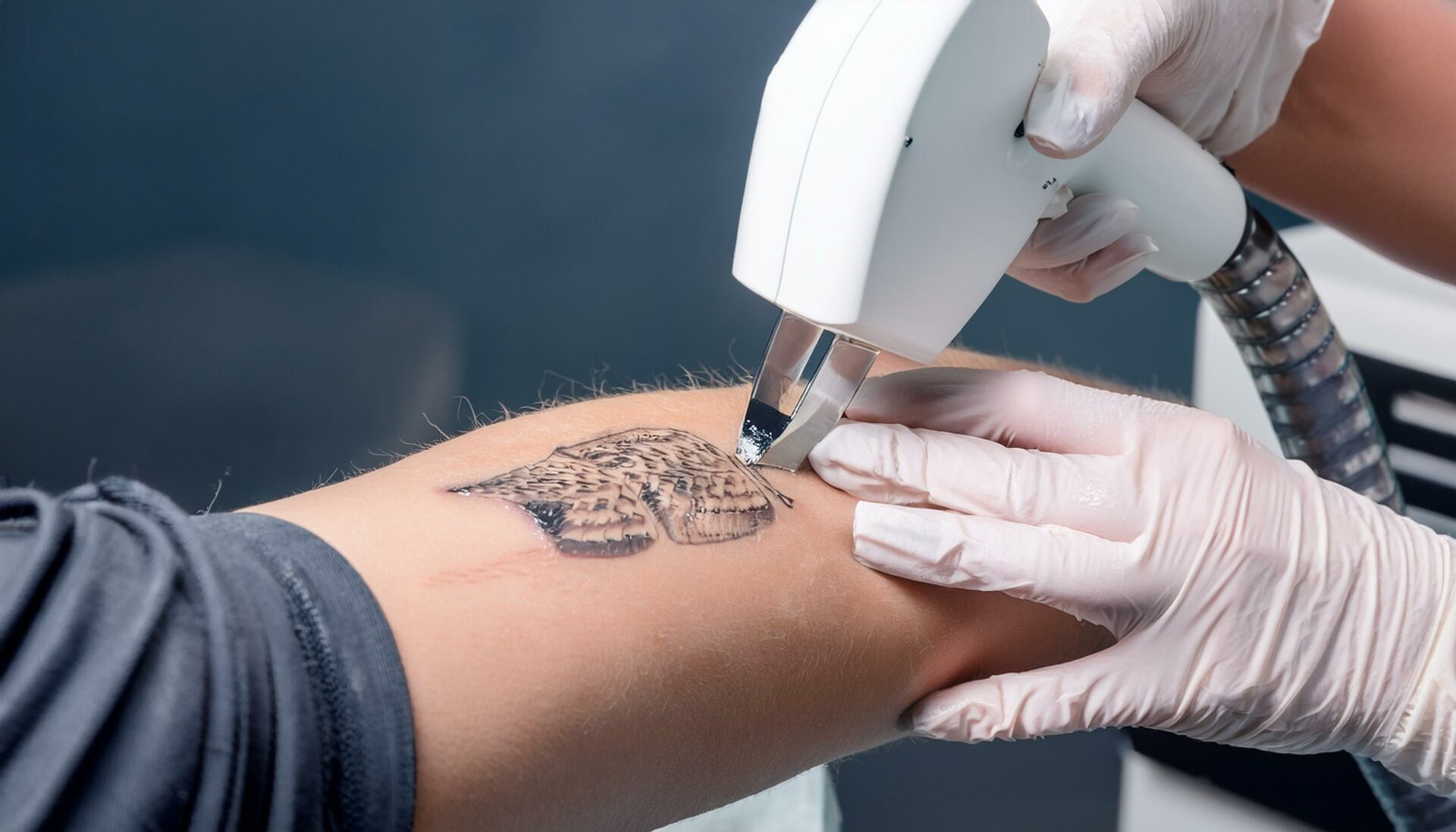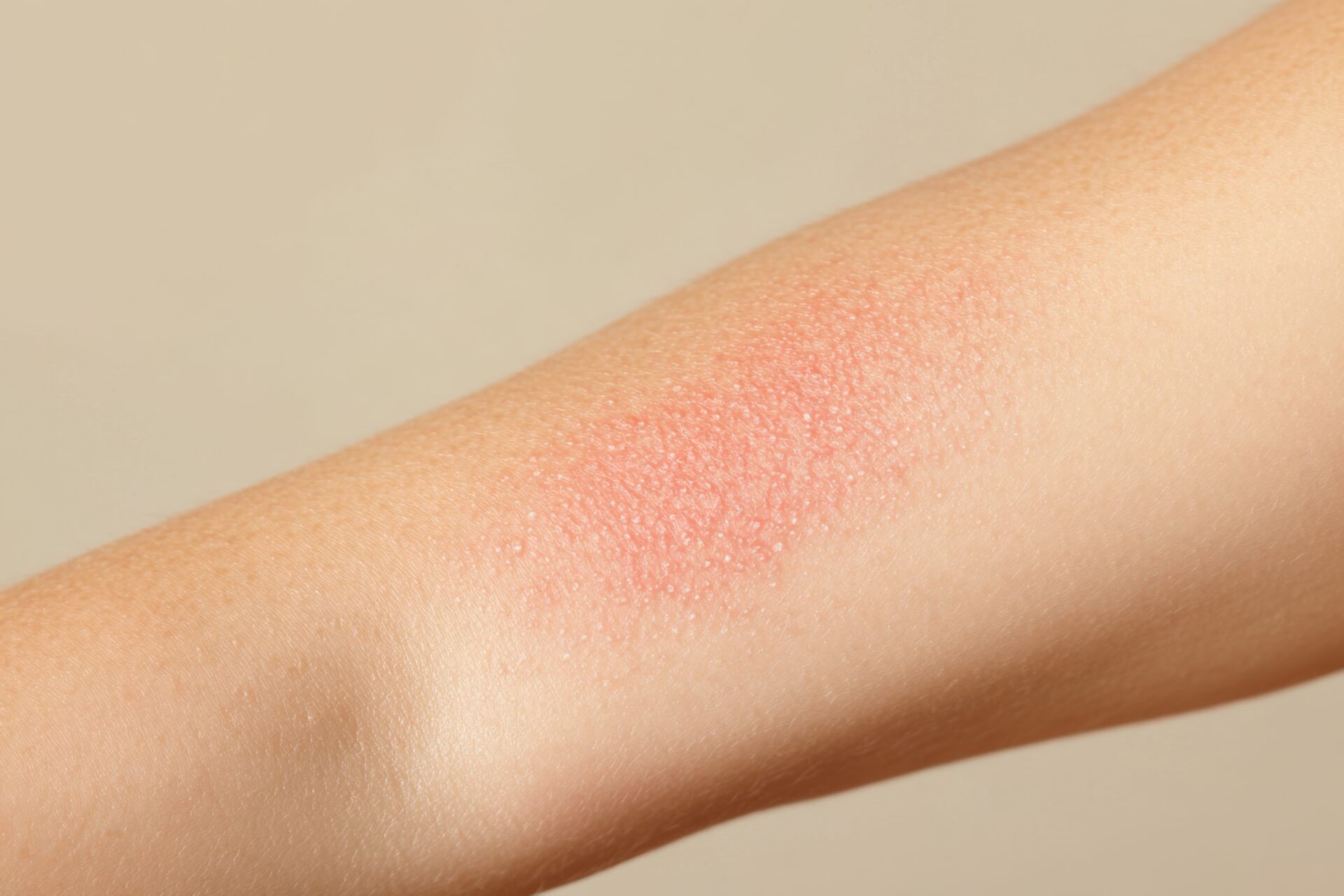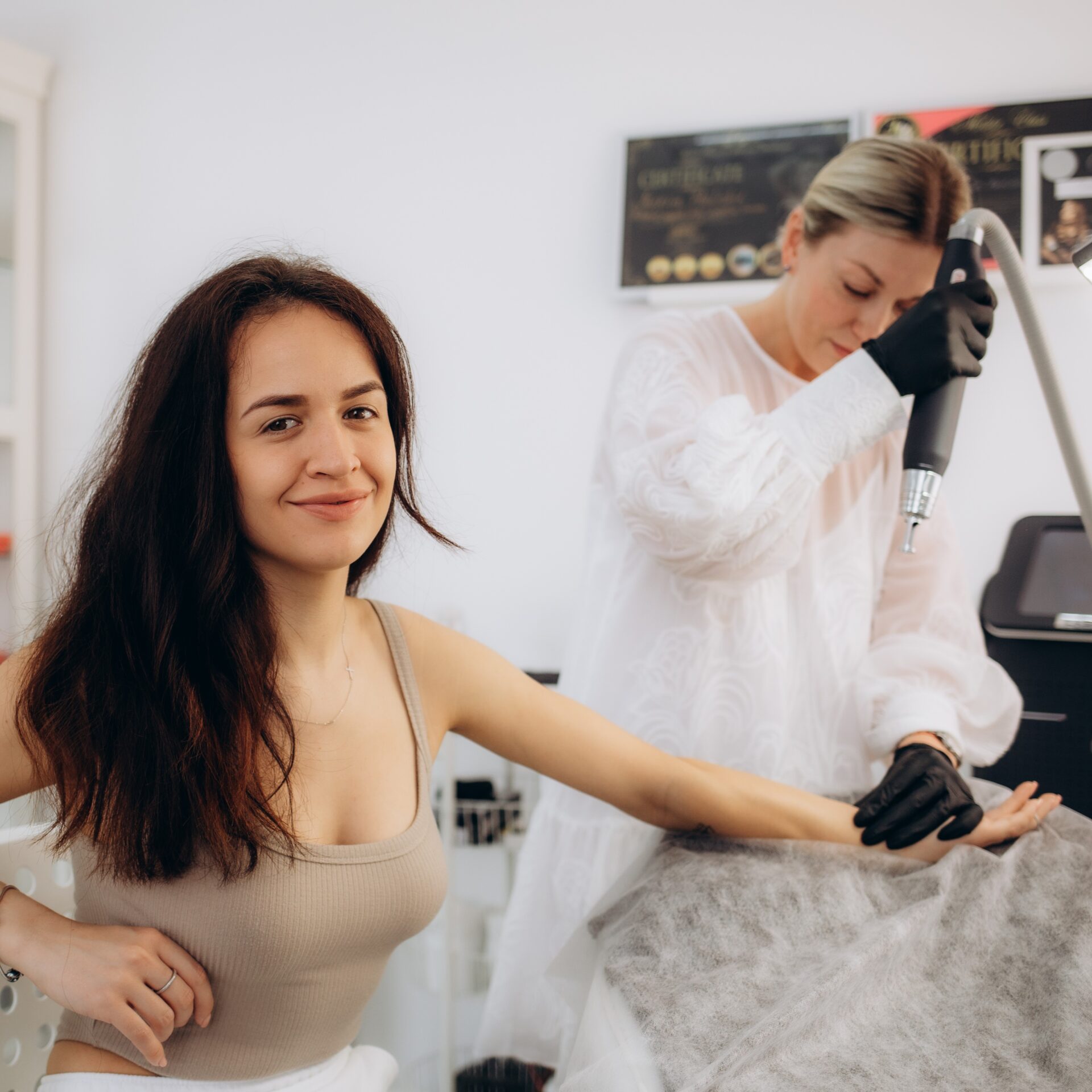While getting a tattoo has become increasingly popular, some of us are rethinking the ink choices we made!
One-third of Australians surveyed said they regretted getting their tattoo*, and although there are various ways to deal with an unwanted tattoo – such as covering it up or getting the design modified – many of us just want to remove the offending tattoo altogether.
With this in mind, here are 5 simple tips to help make your tattoo removal experience as painless and as comfortable as possible.
1. Understand the tattoo removal procedure

Laser tattoo removal is currently the most common way to remove offending ink. But for some of us there may be that nagging worry about the potential pain this procedure can cause – will the removal be as uncomfortable as getting the tattoo?
Saying goodbye to a tattoo can be a painful procedure, so it’s important to discuss with your laser technician what you can do to help minimise any pain before things get started.
One of the first things you can do is spend a little time getting to know how laser tattoo removal works, what type of results to expect and how your skin may feel both during and after the procedure.
For instance, did you know multiple sessions may be required, that not all tattoo inks react to lasers in the same way or that light colours can be harder to remove?
The more you know about what to expect, the less anxious and the more comfortable with the procedure you are likely to be.
A bit about how laser removal works
A tattoo is made when the tattoo artist injects inks or pigments into your skin – so in order to remove the tattoo you have to remove these particles… which is where lasers come in:
- Energy from the laser is absorbed by the particles in the skin and causes them to break up into smaller fragments
- The body’s natural processes can then work to clear the fragments from your body.
The whole procedure is gradual, with the completeness of the tattoo removal depending on factors such as the colour and depth of the inks as well as the size of the tattoo.
Learn more about tattoo removal

2. Choose your clinic wisely!
Doing a bit of homework before letting someone start on your laser tattoo removal may be a wise move.
Tattoo removal is a complicated procedure that relies on the technology used and the experience of the operator to remove the tattoo safely and effectively.
Not all tattoo removal services are regulated in Australia. In many states and territories it is legal for anyone to own and operate tattoo removal equipment – so it’s worth checking with your clinic to see what equipment they use and talking to the staff about the training they have had.
You can also talk to other people who may have had a tattoo removed to see what their experiences were like.
3. Use a numbing cream to help minimise discomfort
If you know you don’t do well with pain, try using a skin numbing cream – such as Emla – to help reduce the pain, allowing you to more fully enjoy the experience of watching that unwanted tattoo fading away.
Emla skin numbing cream is a topical anaesthetic. So, all you have to do to help block the pain is apply Emla to the area of tattooed skin targeted for removal 1 hour before your session starts.
Learn more about how to apply Emla
4. Follow the advice for pain management
Pain and discomfort are expected aftereffects of this procedure and your tattoo removal technician should discuss how best to manage the problem.
This may be as simple as using a cold compress or over-the-counter pain relievers. However, if the pain becomes severe you should seek medical advice immediately.
5. Care for your skin after the procedure

It’s common to have some redness, swelling or blistering after a tattoo is removed and your skin needs time to heal. So, don’t forget to look after your skin after each of your laser removal sessions.
Simple skincare tips may include things such as:
- Avoiding strenuous exercise or excessive heat (such as hot showers) for 1-2 days after the procedure.
- Not picking at scabs that may form – this helps stop infections or scarring occurring.
- Protecting treated skin from the sun for at least 2 weeks to help prevent skin colour changes – if you have to be outside, try to make sure to cover up or use sunscreen.
You should receive instructions on how to take care of your skin after the procedure and it’s important to follow them to get the best results possible.

